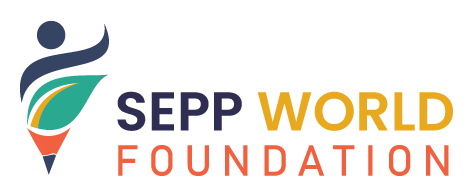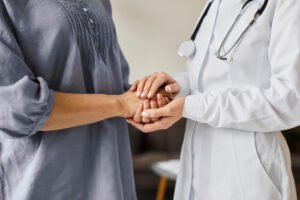Self-Help Groups are loosely organized groups of people that meet to discuss how to improve their living situations. It may be characterized as a self-governing, peer-controlled information network of individuals with comparable socioeconomic backgrounds who want to work together to achieve a shared goal. Poverty, illiteracy, a lack of skills, a lack of formal credit, and other issues plague villages. Individual efforts are insufficient to address these issues, which need collaborative action. As a result, SHG has the potential to be a vehicle for change for the poor and disenfranchised. To foster self-employment and poverty reduction, SHGs use the concept of “Self Help.” Members are mainly women from similar social and economic circumstances who come together on a regular basis to save little amounts of money. They pool their resources to become financially stable, borrowing from their collective savings in times of emergency or financial shortage, significant life events, or asset acquisition. Self-help groups are often made up of eight to ten women who gather once a week to collect money from their members, connect them with banks, and provide low-interest loans.
Every self-help group normally goes through the following three stages of development:
- Formation of group
- Funding or capital
- Development of essential abilities to increase the organization’s income production
It promotes:
- Financial Inclusion – Because of the guaranteed returns, SHGs incentivize banks to lend to the impoverished and marginalized parts of society.
- SHGs have given marginalized people a voice who were previously underrepresented and voiceless in society.
- Societal Integrity — SHGs aid in the eradication of a variety of social problems such as dowry, drunkenness, and early marriage, among others.
- Pressure Groups – SHGs serve as pressure groups, putting pressure on the government to take action on crucial topics.
- Increasing the efficiency of government programmes – SHGs assist in the implementation and improvement of government initiatives. They also assist in the reduction of corruption by conducting social audits.
- Alternative source of income/employment – Sha helps people earn a living by giving vocational training, as well as improving their current source of income by providing equipment and other resources. They also assist in reducing reliance on agriculture.
- Health-care and housing implications – SHGs’ financial inclusion has resulted in better family planning, lower rates of child mortality, improved maternal health, and improved people’s ability to battle illnesses via better nutrition, healthcare, and housing.
- SHGs encourage individuals to save money and develop financial literacy among the rural population.



